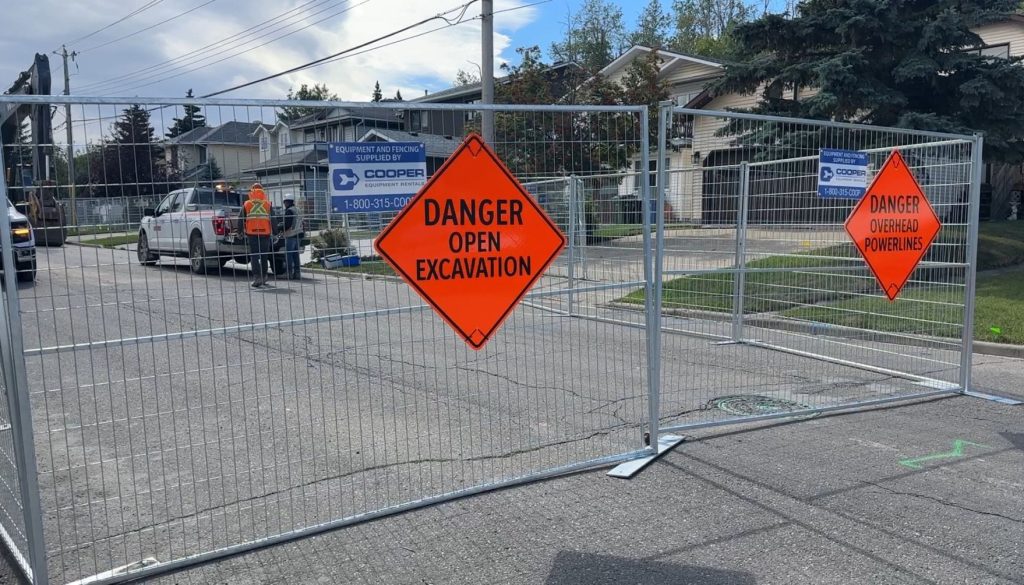Cyberbullying trends change as kids shift to online learning: Calgary constable
Posted Jan 17, 2022 2:37 pm.
COVID-19 and the shift to online learning for many students could have played a part in current bullying trends.
“I have noticed that the in-person bullying has gone down, I would even go so far from my experience to say, drastically,” explains Calgary Police Service Cst., and Bullying Ends Here President Tad Milmine.
“But the social media, cyberbullying aspect, which is more-so going to be threats and harassment, has spiked.”
Clinical Psychologist and Post Doctoral Research Fellow at the University of Calgary, Nicole Racine, explains what she has found from studies conducted in other parts of the world on this topic.
In Europe, “some students reported, especially earlier in COVID, where there were lockdowns and shift to online learning, that kids who had experienced cyberbullying in the past, about half of them were reporting that this was increased during that time,” she said.
In Ontario, Racine says a group studied bullying in over 6,000 youth in Grades 4-12.
“They actually found decreases in in-person bullying from pre to during the pandemic, and they also found around similar rates of cyberbullying,” she said.
“What we know about bullying and cyberbullying is that cyberbullying tends to be a spillover from regular in-school bullying, so this might be why we’re not seeing dramatic increases necessarily.”
Which youth are most vulnerable?
Through many years of research and experience, Milmine says there’s one group that seems to be most at risk of being targeted.
“It seems like junior high students are the ones where we need to focus a lot of attention on,” he said. Adding he understands parents are busy, and the pandemic has caused extra stress.
“But it can’t be lost on us, we have the biggest priority and responsibility of all, and that’s our young people.”
Racine anticipates we might see different levels of cyberbullying for different groups of kids.
“Girls often report more bullying victimization, and that gender diverse youth and kids who are LGBTQ+ also often experience more bullying in the school setting,” she said.
“So I think those youth who are vulnerable before the pandemic are ones who I would continue to be concerned about during the pandemic.”
Either way, Racine says bullying, across the board, is associated with several poor outcomes for youth.
“I think that whether it be cyberbullying or in person, as adults in the lives of kids and youth, these are concerns that we need to take seriously.”
Nowadays, bullying isn’t just an 8-3
Before the age of the internet and cell phones, bullying, for the most part, took place during school hours only.
“Nowadays, it’s two different versions,” said Milmine, pointing out, a child could be physically attacked during the day at school, and then verbally bullied online when they get home.
“We’re allowing them access to the world when they are their most vulnerable, they’re going through puberty,” he said.
“We can talk about COVID, we can talk about people being busy, but at the end of the day, kids are still kids, nothing has changed, they still have access to the Internet, and they’re not always being influenced in the best-of-ways on social media.”
One of the biggest obstacles Milmine says he is up against is the widely-used app, Snapchat.
“The challenges that are faced there is that Snapchat is not a Canadian app, so it doesn’t necessarily have to follow the same laws as what Canada has,” he cautioned.
“And where that becomes a problem for a police officer such as me is that if I need Snapchat to help participate in an investigation or anything along those lines, it takes time.”
As days, weeks, or even months pass, Milmine says the post could have already been captured and shared on other platforms, and there’s no way to immediately correct something once it’s online.
“It takes a lot of time and I think that’s where the educational piece needs to come on what a police officer can do to help and it can be very limiting and take a lot of time to get that resolution,” he explained.
How do we prevent bullying?
Often Milmine says young people have full, unrestricted access to the internet, yet they have limited understanding of how it works, or potential consequences after you hit send.
“We have to make sure that we’re educating them, we’re providing them as much information and understanding of what’s going on.”
He says “it takes an entire village” to raise children. However, parents play a vital role in helping guide how their children are interacting and being interacted with.
“If we start doing the monitoring, we’re going to start drastically, dropping the cyberbullying aspect,” he said.
“Because we’re going to be catching it when it’s a one-off, when it was mean, when it was rude, when it was cruel, instead of it being repetitious.”
Racine says parents should follow their children on social media, keep household computers in common areas, and have them turn in their cellphones at the end of the day.
She also recommends speaking openly with your kid about bullying “you know I’ve been hearing a little bit about so-and-so’s kid being bullied at school, is that something that’s ever happened to you? And then, you know, listening to what they have to say.”
Racine says the next steps would be to report a serious incident(s) to their school, or other authorities.








